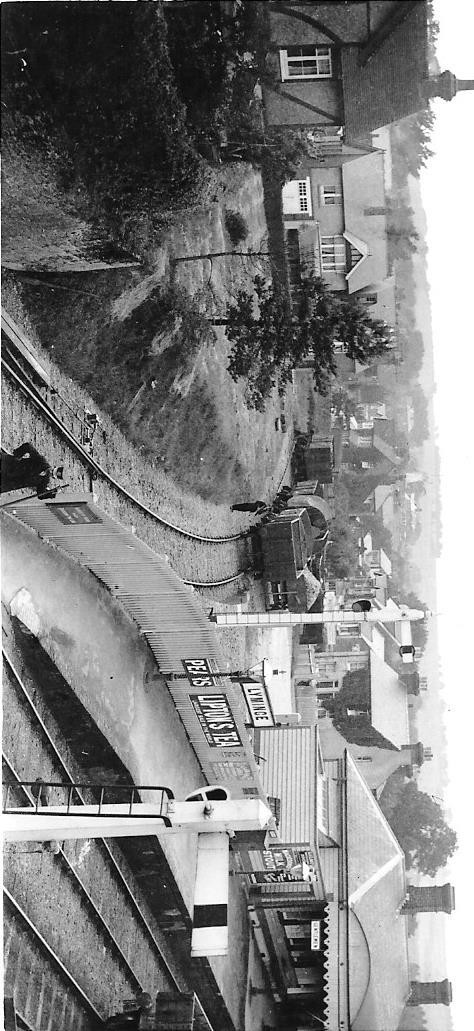 Lyminge Station, early 1900s (©Daphne Andrews)
Lyminge Station, early 1900s (©Daphne Andrews)
Work began in 1885 to drive a line north from the South Eastern Railway’s track near Folkestone up the Elham Valley. This involved constructing a great embankment initially to raise the line up from the coastal plain, gouging a massive cutting to take it through the lower slopes of the North Downs, and then tunnelling for some 89m to bring it at last to the level ground in Lyminge at the head of the Elham Valley. The line then followed the valley north, through Elham, Barham and Bishopsbourne, before swinging round the south of Canterbury to arrive at Canterbury West Station, built for the Canterbury to Whitstable Railway 60 years previously. The new line was opened in two stages, with the connection from Lyminge to Folkestone complete in 1887, and the final section to Canterbury in 1889.